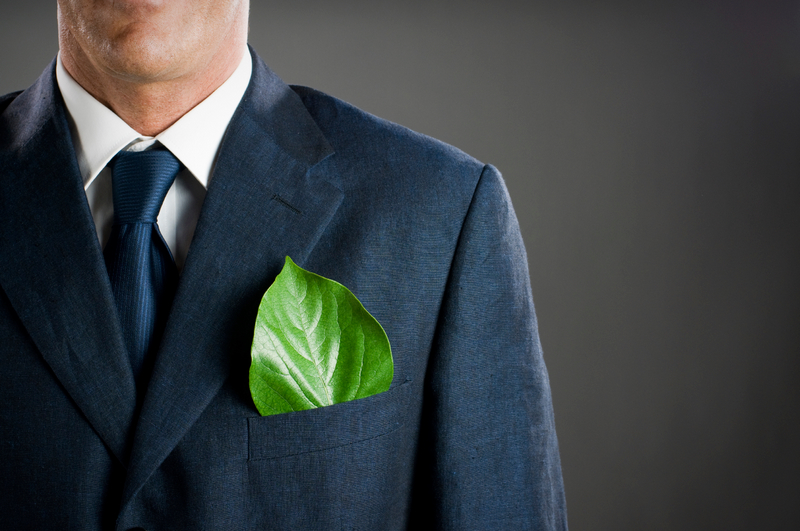HONOLULU — There's a story behind the blue, white and green plastic covering the surface of the Pacific Ocean vacuum cleaner. They're tiny bits of plastic collected from one of Hawaii's dirtiest beaches, Kahuku, where waves dump trash from the Pacific all day long.
The machine made by Electrolux AB is fully functional and can suck up dirt from a rug like any other vacuum. But the company said it wants the device to serve as an object that provokes a conversation about the large volumes of plastic trash that are polluting the world's oceans.
The Stockholm-based company has also made four other vacuums, each from plastic trash collected in the Indian Ocean and the Mediterranean, North and Baltic seas. None of the five are for commercial sale.
Cecilia Nord, vice president for sustainability and environmental affairs at Electrolux's floor care and small appliances division, said many groups are doing their best to clean the ocean and beaches of plastic.
But the problem keeps growing because people continue to consume more plastic without recycling it afterward, she said.
"We — as a big manufacturer with a global reach — can start a debate and hopefully can contribute to addressing the root cause," Nord said.
Electrolux received its Pacific Ocean plastic from a Hawaii-based volunteer group that cleans up Kahuku beach once a week. The remote shoreline is one of Oahu's dirtiest, in part because current flows tend to deposit trash on that side of the island.
"We can be there on any day and see it coming in on each wave," said Suzanne Frazer, president and co-founder of Beach Environmental Awareness Campaign Hawaii.
Garbage also quickly accumulates at Kahuku because the beach is behind two private properties and can't be easily visited by beachgoers who pick up trash on Hawaii's more populated shorelines every day.
Plastic breaks down into smaller pieces slowly over time but doesn't ever completely disappear. In the ocean, currents carry the small bits to areas where massive gyres of plastic garbage have formed.

Trash is seen on the shore in Kahuku, Hawaii, one of the sites chosen for the Electrolux awareness program.
One spot between Hawaii and California the size of Texas has been dubbed the "Great Pacific Garbage Patch." Researchers recently found a similar plastic trash gyre in the Atlantic between Bermuda and Portugal's Azores islands.
Seabirds eat the plastic bits — particularly ones that are a bright red or orange — thinking they're squid, fish eggs or other food.
Some Laysan albatross, a seabird that nests at Midway atoll northwest of the main Hawaiian islands, die of starvation with their stomachs full of plastic.
Electrolux's Pacific vacuum has only a few red or orange pieces because marine animals have eaten most of the brightly colored plastic trash pieces before they wash ashore.
Carey Morishige, outreach coordinator for the marine debris program at the National Oceanic and Atmospheric Administration, said people should use less plastic and reuse and recycle what they do use.
"If it's still going in, we're still going to have to clean it up," Morishige said. "The ultimate solution is going to be in stopping this stuff from getting into the ocean in the first place."
Article by Audrey McAvoy, Associated Press
Some Laysan albatross, a seabird that nests at Midway atoll northwest of the main Hawaiian islands, die of starvation with their stomachs full of plastic.
Electrolux's Pacific vacuum has only a few red or orange pieces because marine animals have eaten most of the brightly colored plastic trash pieces before they wash ashore.
Carey Morishige, outreach coordinator for the marine debris program at the National Oceanic and Atmospheric Administration, said people should use less plastic and reuse and recycle what they do use.
"If it's still going in, we're still going to have to clean it up," Morishige said. "The ultimate solution is going to be in stopping this stuff from getting into the ocean in the first place."
Article by Audrey McAvoy, Associated Press








